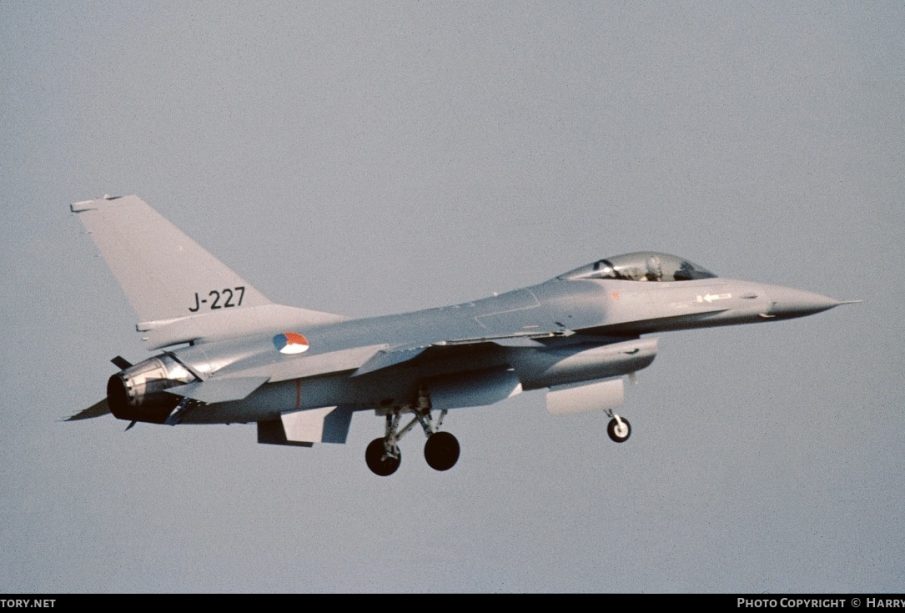The Evolution and Future of Jets in Aviation

Introduction to Jet Technology
Jet technology plays a crucial role in modern aviation, shaping the way people travel and connecting markets globally. The rapid advancement in jet propulsion systems has significant implications for efficiency, speed, and environmental impact, making this a pivotal topic in today’s rapidly evolving world of transport.
Current Developments in Jet Technology
Recent innovations in jet technology are focused on enhancing fuel efficiency and reducing emissions. Notably, manufacturers like Boeing and Airbus are investing heavily in research and development of sustainable aviation fuels (SAFs) and more efficient engine designs. For instance, Boeing’s 787 Dreamliner uses advanced materials and aerodynamics to achieve a 20% lower fuel consumption compared to previous models.
Moreover, companies are now looking at the prospects of electric and hybrid-electric jets. The rise of urban air mobility (UAM) has led to significant interest in electric vertical take-off and landing (eVTOL) jets. Manufacturers like Joby Aviation and Archer are pursuing commercial operations within the next few years, promising faster and cleaner urban transportation.
Challenges Faced by the Jet Industry
Despite these advancements, the jet industry faces significant challenges, particularly concerning environmental regulations and public perception. The aviation sector accounts for approximately 2-3% of global CO2 emissions, leading to increasing pressure on manufacturers and airlines to adopt greener practices. The International Air Transport Association (IATA) aims for net-zero emissions by 2050, requiring an acceleration in adopting SAFs and other innovative technologies.
The Future Outlook for Jets
Looking ahead, the future of jet technology seems focused on a combination of sustainability and efficiency. Emerging jet designs like the hypersonic passenger jets, which could travel at speeds over Mach 5, are also gaining attention. While they present unique engineering challenges and safety concerns, successful development could redefine short-haul travel, reducing journeys that currently take hours down to mere minutes.
Conclusion
The evolution of jet technology is more critical than ever as the aviation industry navigates the dual challenges of increasing demand for air travel and the imperative of reducing environmental impact. As innovations continue to emerge, they hold the potential to transform the way we think about and experience air travel. The commitment to cleaner, more efficient jets will shape the future of aviation, influencing how both the industry and passengers adapt to these changes.









